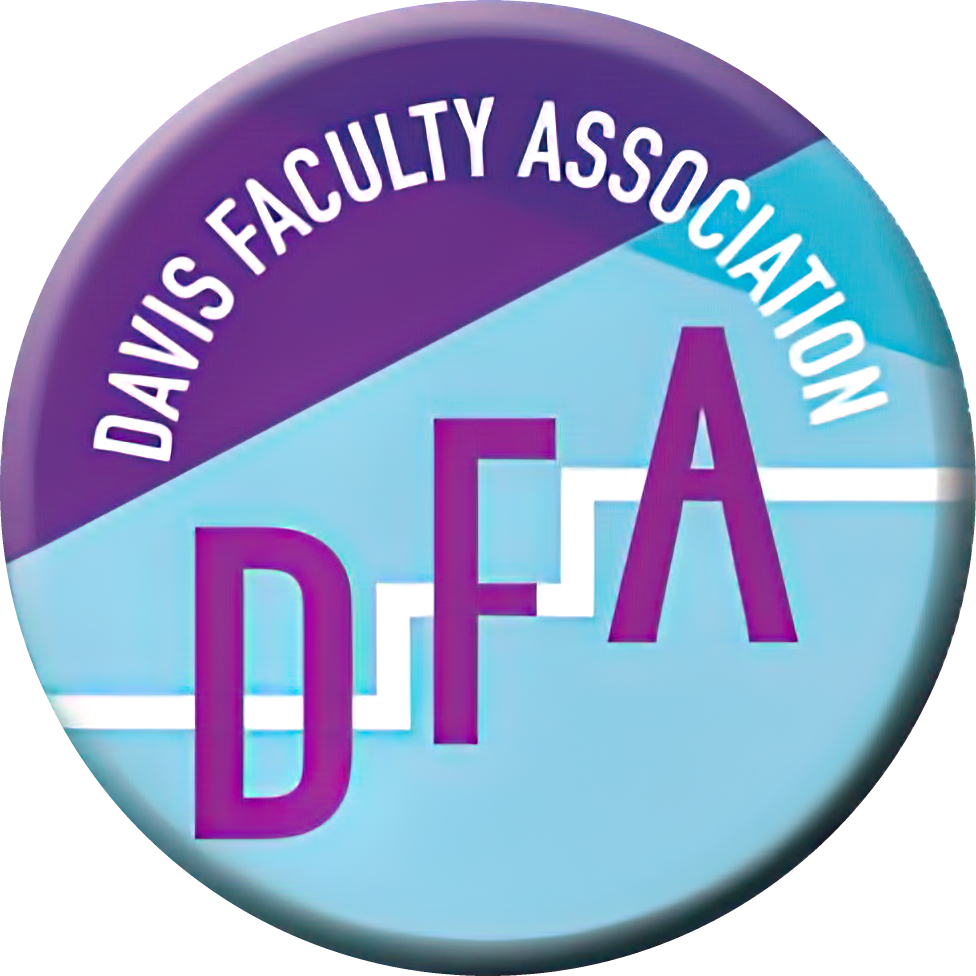As you probably know, there are several steps in the UC budget process. First is the Regents’ proposal in November, then the Governor’s proposal in January, then the Legislative Analyst’s recommendations in February, then discussion in budget hearings during the Spring, and finally, passage of the budget in the summer. This article will review the major recommendations put forth in mid February by the Legislative Analyst’s Office (LAO).
The Governor’s budget proposes an increase of $126M, or 6.1%, for UC. The LAO recommends net budget reductions from the Governor’s proposal for UC of $28.8M, of which $19.8M would be redirected to the Student Aid Commission. The other cuts would be the $4M proposed for funding instructional technology and the proposed renewal of $5M for the industry-university cooperative research program. UC will have an opportunity at the budget hearings, if not before, to respond to these proposals by the LAO.
The LAO recommended deletion of $4 M requested from the General Fund for instructional technology (IT) because UC has not developed any specific plans for using the funds:
The Regents’ budget initially proposed funding IT from a combination of student fees, General Fund support, and in-kind contributions from industry. The $4 M included in the Governor’s request “buys out” a $40 per student fee for 1997-98 but does not include any additional General Fund support nor identify any in-kind contributions from industry. The Regents’ budget also indicates that in future years, UC will charge students an annual IT fee of $200, but does not indicate what might be requested from the General Fund or from industry. In the absence of a multi-year funding and expenditure plan, the LAO recommends the Legislature reduce UC’s budget by $4M.
On February 28, Assemblyman Lempert (D Palo Alto), who chairs the Assembly Higher Education committee, introduced AB 530, which would bar the administrations of CSU and the California Community Colleges from imposing any fees for access to educational technology services and would request the Regents to do likewise.
The LAO recommends a reduction of $5M from the General Fund for UC’s proposed industry-university cooperative research program, because UC has not justified the need for the funds:
The 1996-97 Budget Act appropriated $5M for this program, which the Legislature added during the budget process. In approving this amount, the Governor stated that he viewed the augmentation as one-time funding to begin the project, and that future expenditures for the project should be funded within the higher education compact. This budget proposal sought to continue state funding.
UC stated that the $5M in the 1996-97 budget would be combined with $3M in university funds and at least $10M in industry funds to:
· Fund a biotechnology grant program ($12M)
· Fund research grants in a second field to be selected from among information sciences ($5.5M)
· Assess the economic impact of these investments
· Continue planning the program
The LAO’s analysis of UC’s proposal indicates that additional funding for the industry-university cooperative research program is not needed, because 1) industry is already able to obtain research assistance in today’s marketplace, 2) the state already spends $252M for research tax credits, and 3) UC can market its research to industry with its existing $360M research budget.
The LAO recommended the deletion of $19.8M from UC’s requested General Fund appropriation for transfer to the Student Aid Commission’s Cal Grant program, because 1) UC has shifted financial aid resources to other university programs while student fee revenues have risen, 2) shifting funds to the Cal Grant program will give students greater flexibility when choosing which college to attend, and 3) funding Cal Grants gives the Legislature greater assurance that the $19.8M will be used for financial aid.
The Governor’s budget shows that revenue to UC from fees paid by resident undergraduate, graduate, and professional students totaled $583M in 1995-96; it estimates revenue of $618M for the current year and $630M in 1997-98. The 1997-98 estimate is 8% larger than actual fee revenue in 1995-96 because of two factors: increased enrollments and increased fees for selected professional schools.
The amount of fee money being used for financial aid is apparently declining. The Governor’s budget shows that UC spent $220.8M for student financial aid in 1995-96 and plans to spend only $216.5M in 1997-98 although the actual enrollment is projected to increase by 1500 students in this period. The budget proposal represents a decrease of $4.3M, or 1.9%, in financial aid since 1995-96.
The LAO’s review indicates that based on past practices, UC spending on financial aid should be $19.8M higher than proposed in the 1997-98 budget.
Although the Legislature could request UC to redirect $19.8M of its appropriated funds to increase financial aid for UC students, the LAO recommended that the funds be shifted to the Cal Grant program for the reasons cited above.
